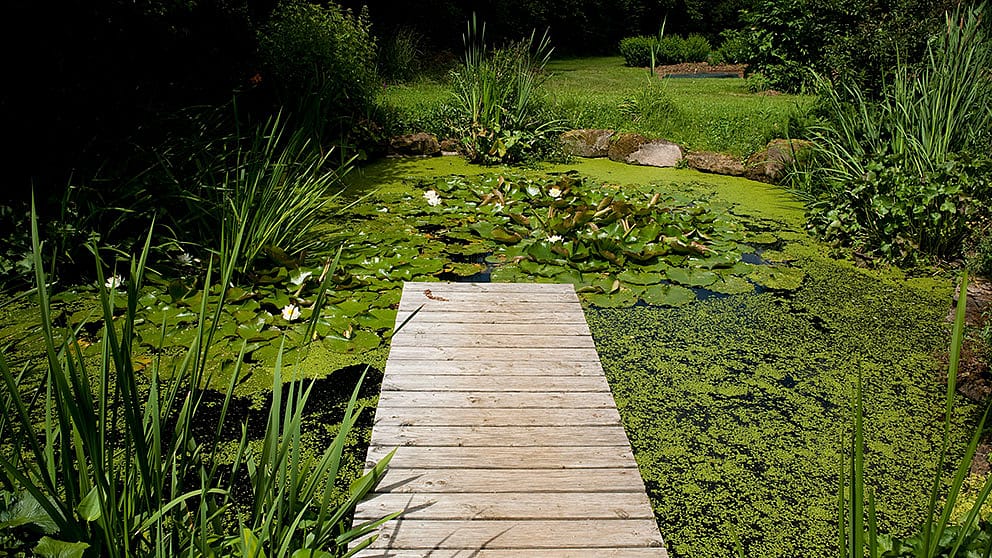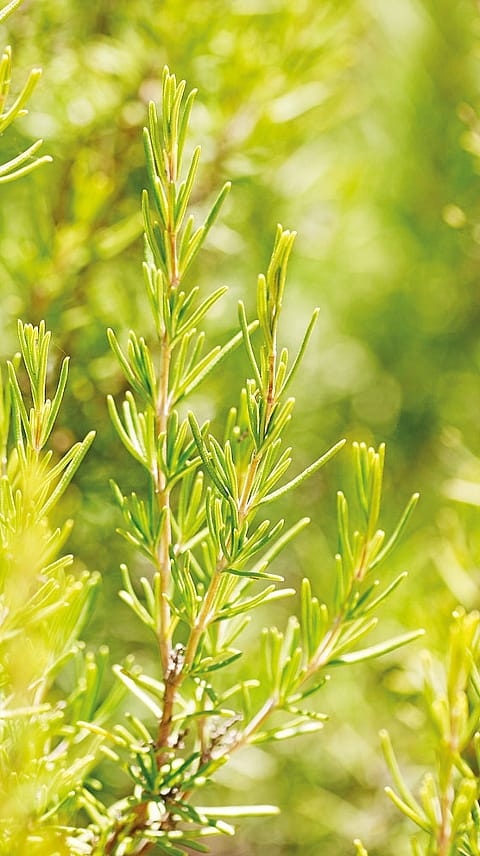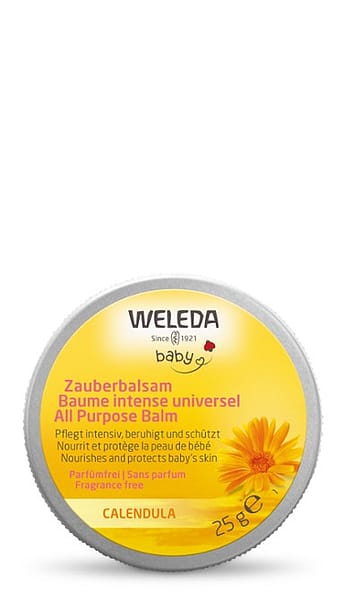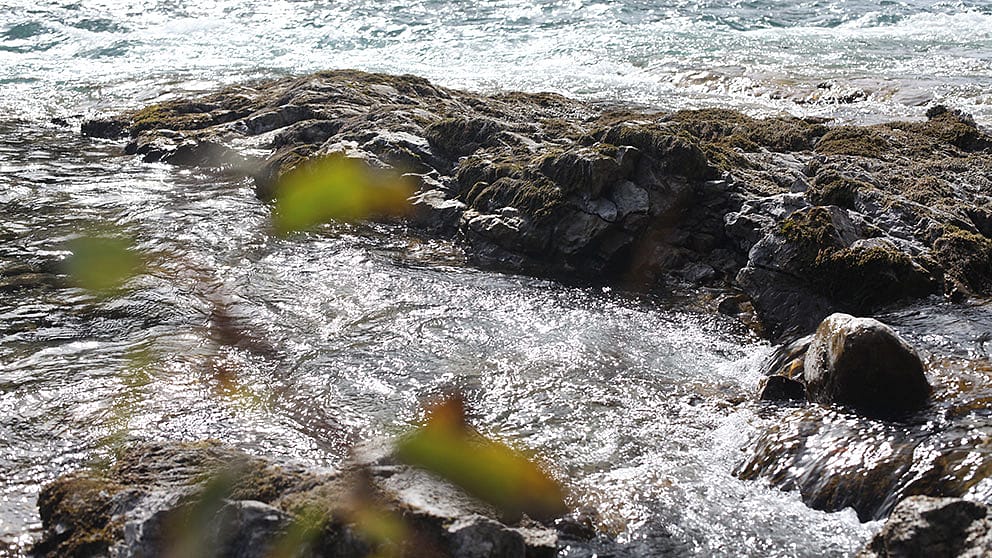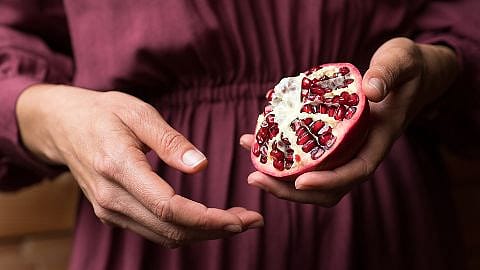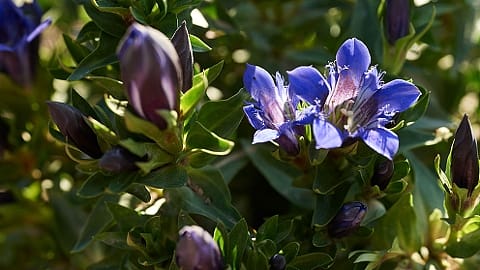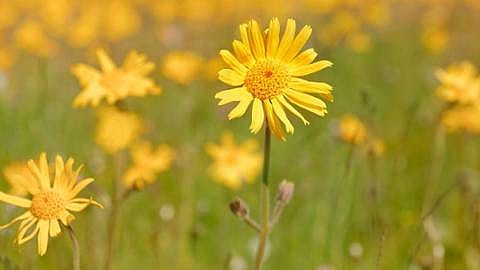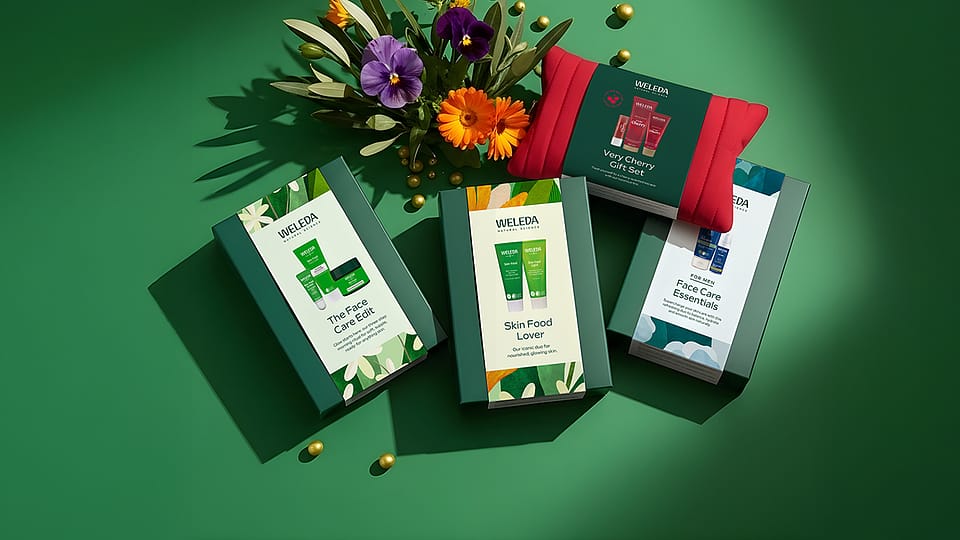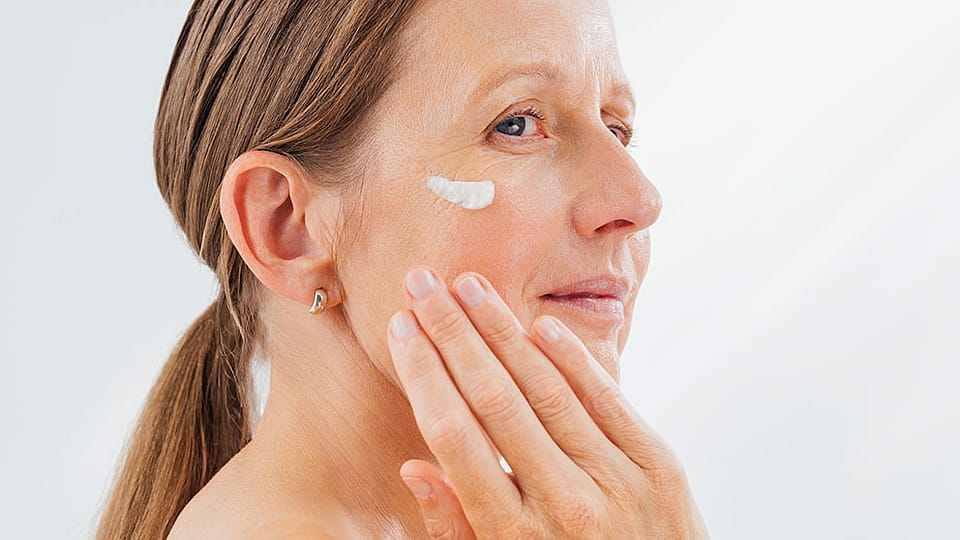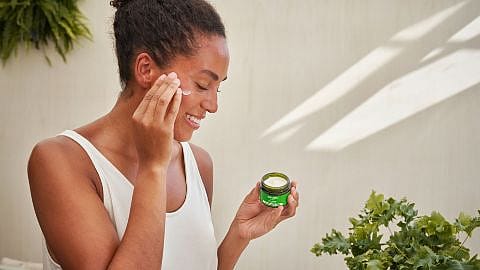With Weleda, you can be sure
Our natural cosmetics contain no plastics like microplastics and silicones
What do we apply directly to our skin or hair? What impact do plastics in cosmetics have on the environment? Is microplastic in cosmetics still allowed at all? We answer the most important questions about microplastics and silicones. And we explain how you can recognize them in the INCI* ingredients on the packaging.
What is Microplastic?
Microplastic refers to solid plastic particles that are smaller than 5 millimeters. These tiny particles can originate from various sources and are divided into two main categories:
1. Primary Microplastic:
These are small plastic particles intentionally used in products like cosmetics or artificial sports surfaces. As a natural cosmetics manufacturer, Weleda has never used microplastic in cosmetics.
2. Secondary Microplastic:
These particles result from the breakdown of larger plastic items, such as plastic bags, bottles, and packaging, which disintegrate into smaller pieces through physical, chemical, or biological processes.
The sale and use of microplastic are now prohibited
Microplastic is a major environmental issue as it is widespread in seas, rivers, and soils and can be ingested by organisms. In the EU, a regulation has been in place since 2023 that gradually bans the use of microplastic in cosmetics. Other countries like the United Kingdom or Canada have banned the use of microplastic earlier. Liquid and gel-like plastics such as silicones, which are frequently used in cosmetics, have not been banned yet, even though they are also difficult to break down in the environment.
What are Silicones?
Silicones are synthetic polymers composed of silicon, oxygen, and other chemical elements. Besides microplastics and silicones, there are many other synthetic polymers used in cosmetics, such as polyquaternium or acrylates.
These plastics are often used in products for facial care, shampoos, or shower gels. They can partially enter rivers and oceans through drains.
Silicones in Cosmetics and Skincare
Silicones are commonly used in products like hair conditioners, skin creams, and makeup. They serve as emulsifiers to combine different substances, as nourishing raw materials that make the skin surface softer or smoother, or as surfactants for better distribution or application of the product. They can also help influence the viscosity of a cosmetic product's formulation, bind moisture, or reduce static charge, such as in hair care products to prevent frizz. Additionally, silicones are relatively inexpensive ingredients.
Are Silicones Harmful to Skin and Hair?
Unlike some natural or nature-derived alternatives, cosmetics with silicones may feel good in the short term but may not provide long-term benefits. While silicones smooth the hair and give it a shiny appearance, they can accumulate over time and make the hair limp and heavy. Silicones act only superficially and, unlike plant oils, do not have a nourishing effect. Silicones coat the skin or hair with a thin film but are not absorbed. They work only until the next wash. Moreover, they are occlusive, meaning they seal the skin. This has advantages and disadvantages. For example, it can reduce moisture loss, as in slugging. However, they can also clog pores.
What impact do silicones have on our environment?
Silicones persist in the environment for a long time and accumulate. Due to their stability and longevity, they can be detected in the environment for extended periods, on land, but especially in our rivers and oceans. This is particularly true because silicones are present in many products that are rinsed off with water, such as shampoos.
What Labels Should You Look for on the INCI List on the Packaging?
In cosmetics, there are more than 300 ingredients that are made from or contain silicones. These polymers can be purely synthetic or a combination of a synthetic polymer with natural substances. Typically, a cosmetic ingredient based on silicone can be identified by the ending of the word on the ingredient list (INCI) on the product packaging, such as "cone" or "siloxane."
Some examples of ingredients:
- Dimethicone
- Cyclomethicone
- Polysilicone
- Cyclopentasiloxane
*INCI = International Nomenclature of Cosmetic Ingredients
Weleda Products are NATRUE-Certified
We adhere to the strict guidelines of the NATRUE seal and avoid:
- Silicones
- Paraffins
- Synthetic fats
- Genetically modified ingredients
- Raw materials from dead animals

